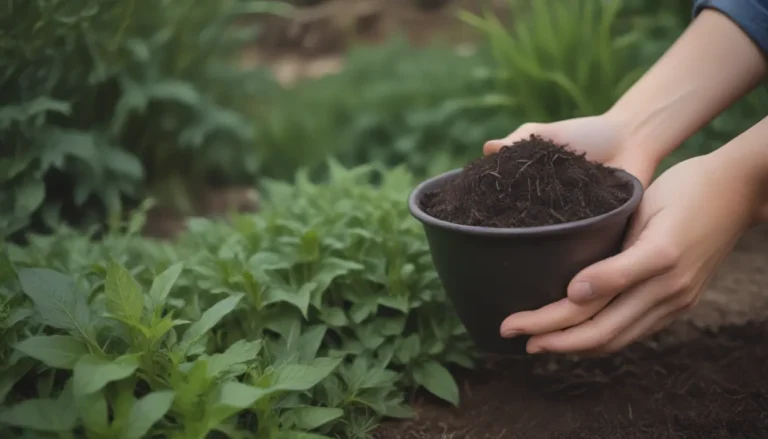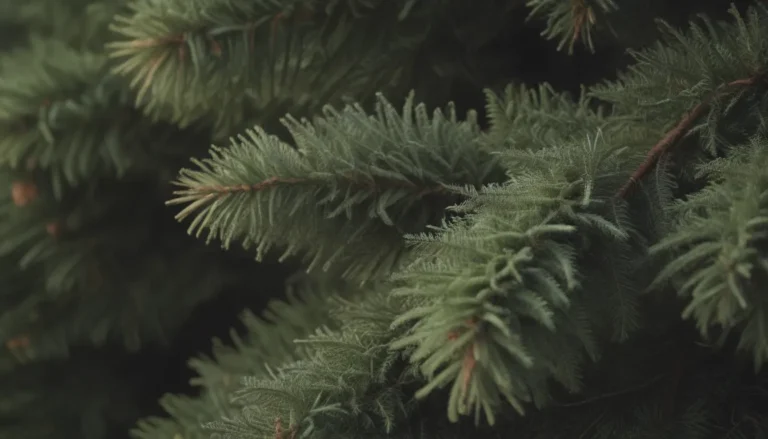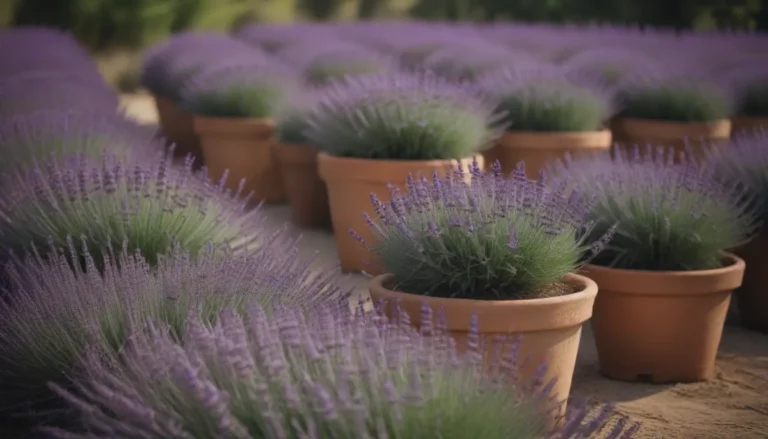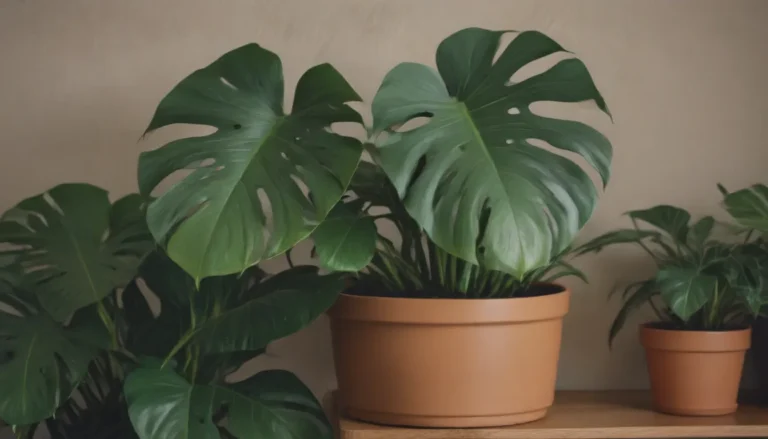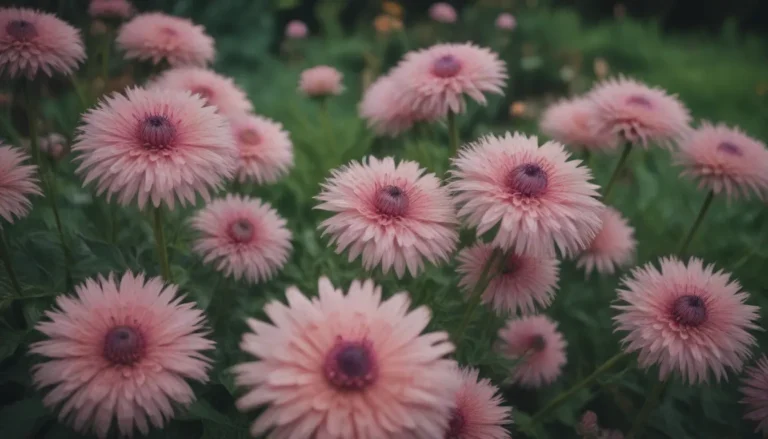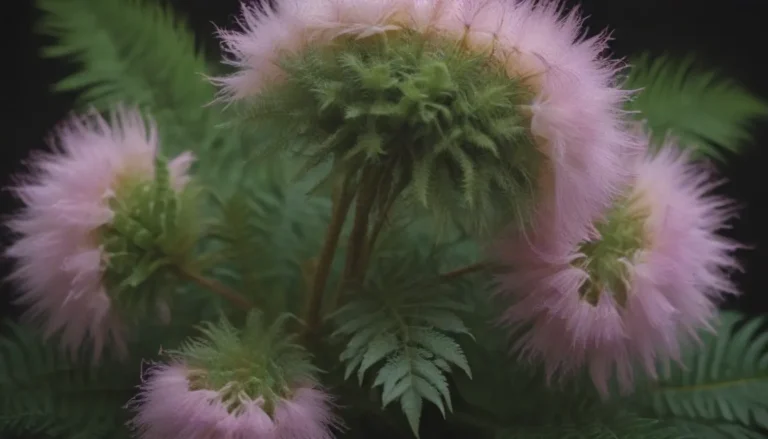Comprehensive Guide on Growing and Caring for Marsh Mallow Plants
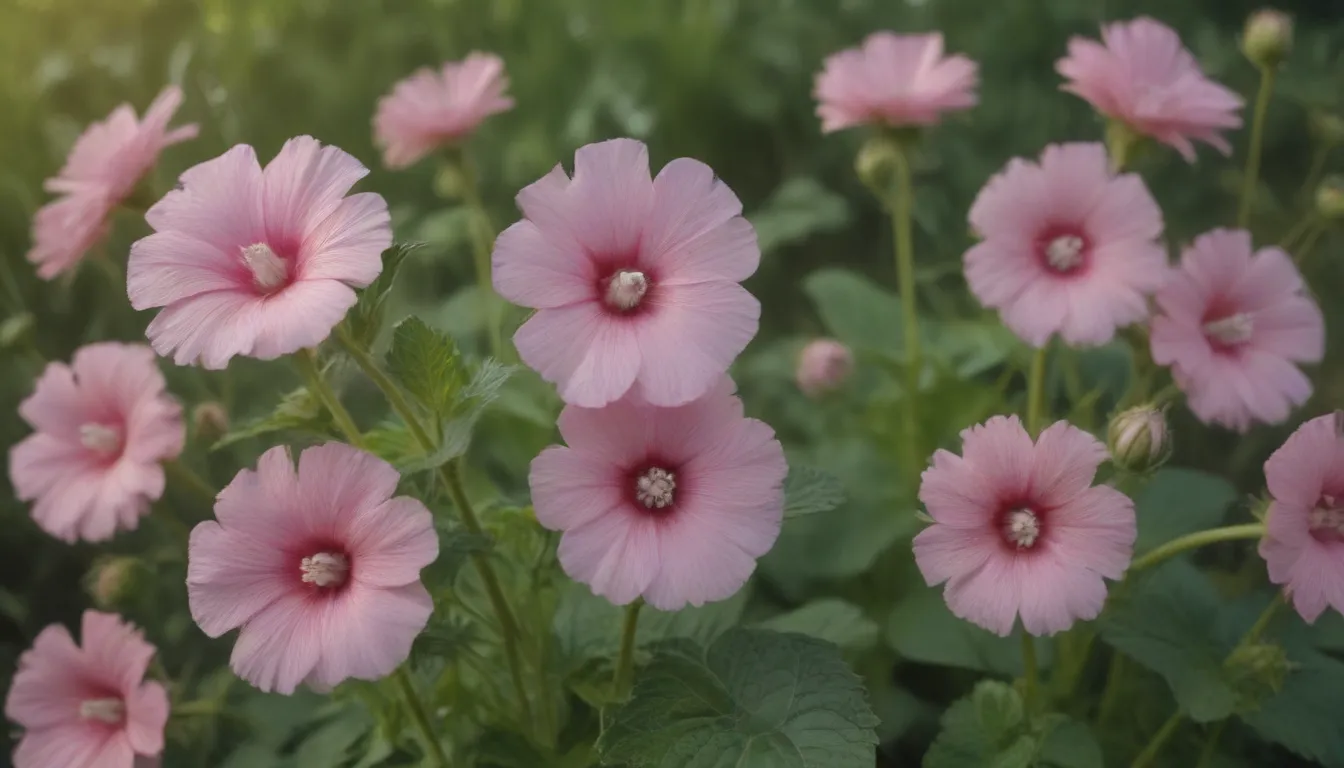
If you’re looking to add a unique, hibiscus-like plant to your garden that also has a fascinating history, the marsh mallow plant might be the perfect choice. Not only does this tall perennial plant boast beautiful flowers, but it also has a practical side – its roots and leaves contain mucilage, a gel-like substance with various medicinal uses. Interestingly, the ancient Egyptians were the first to utilize this plant, eventually leading to the creation of the marshmallows we know today (which, funnily enough, no longer contain any marsh mallow).
In this comprehensive guide, we will delve into the world of marsh mallow plants, exploring everything from planting and caring for them to propagating and troubleshooting common issues. Let’s take a deep dive into the captivating world of marsh mallows!
Planting and Caring for Marsh Mallow Plants
The marsh mallow plant is a relatively low-maintenance option, making it a great choice for those looking to add a touch of whimsy to their garden. Here are some key care requirements to keep in mind when growing marsh mallow plants:
Light
- Marsh mallow plants thrive in full sun, so be sure to plant them in a location that receives ample sunlight. Avoid areas where taller plants may cast shade on them, as this can hinder their growth.
Soil
- True to its name, marsh mallow plants prefer moist, marshy conditions. Aim for consistently damp soil with a slightly acidic pH of around 6.0. While they do well in acidic soil, marsh mallow plants are not overly picky about soil pH levels.
Water
- Consistent moisture with good drainage is essential for the health of marsh mallow plants. If your soil is sandy, consider adding organic matter to help retain moisture. However, be cautious of standing water, as this can be detrimental to the plants.
Temperature and Humidity
- Marsh mallow plants are hardy and can thrive in various climates and humidity levels. They are highly cold-tolerant and will die back during sub-freezing temperatures, only to re-emerge in the spring. Additionally, they have no specific humidity preferences.
Fertilizer
- Marsh mallow plants are versatile and can thrive in a wide range of soils, making specialized fertilizers unnecessary. If you have already amended your soil with organic matter, additional fertilization may not be needed.
Propagating Marsh Mallow Plants
Propagating marsh mallow plants can be a rewarding experience, especially if you want to expand your garden or share these unique plants with others. Here’s how you can propagate marsh mallow plants through root division:
- Propagation by division is best done in early spring before new foliage begins to sprout. However, locating the plants during their winter dormancy phase may prove challenging, as they die back in the colder months.
Growing Marsh Mallow Plants From Seeds
If you’re starting with seeds, marsh mallow plants are relatively easy to grow directly in the ground. Depending on your climate, you can sow the seeds in late fall for mild winters or early spring for colder regions. To improve seed germination, consider cold stratifying the seeds for eight to 12 weeks before planting in soil.
Common Pests & Plant Diseases
- While marsh mallow plants are generally resistant to pests and diseases, they may occasionally attract flea beetles. These pests can leave pinprick-sized holes in the leaves. If a problem arises, consider using neem oil to combat these invaders.
- Rust, a fungal disease characterized by raised white dots on the underside of leaves, can affect marsh mallow plants. To manage rust, remove affected leaves and avoid overhead watering. In severe cases, a copper-based fungicide may be necessary.
Encouraging Blooms and Post-Blooming Care
Marsh mallow plants bloom from July to September, producing flowers throughout the summer months. If you want to encourage more blooms, ensure your plant receives full sun for six to eight hours daily. Removing spent flowers and dead leaves can help maintain plant health and prevent pest infestations.
In the realm of caring for marsh mallow plants post-blooming, it’s important to note that the original marshmallows were made using mallow root sap, egg whites, and sugar. Today, gelatin has replaced mallow root sap in modern marshmallow production. If you’re interested in harvesting roots, wait until they are mature (around two years old) and dig them up in late fall or spring when the plant is dormant.
In conclusion, marsh mallow plants are a delightful addition to any garden, offering both aesthetic beauty and historical significance. With proper care and attention to their specific needs, you can enjoy the charming presence of these unique plants in your outdoor space. Whether you’re a seasoned gardener or a novice enthusiast, exploring the world of marsh mallow plants is sure to be a rewarding journey. Let the magic of marsh mallows unfold in your garden today!
Althaea officinalis. Missouri Botanical Garden.
